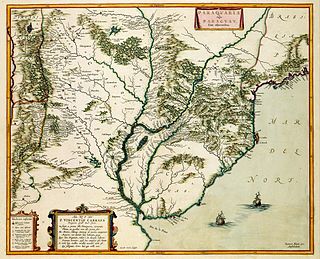
The history of Paraguay encompasses thousands of years of human habitation.

Emiliano González Navero was a Paraguayan politician of the Liberal Party, he served as President of Paraguay on three occasions and as Vice President of Paraguay on two occasions.

Manuel Gondra Pereira was the 21st President of Paraguay who served from 25 November 1910 to 11 January 1911 and again from 15 August 1920 to 31 October 1921. Born in Buenos Aires, he was also an author, a journalist and a member of the Liberal Party. His first presidency was ended by the rise of Albino Jara, while his second presidency by chaos in the Paraguayan Civil War of 1922, of which he led the Gondrist faction to victory.
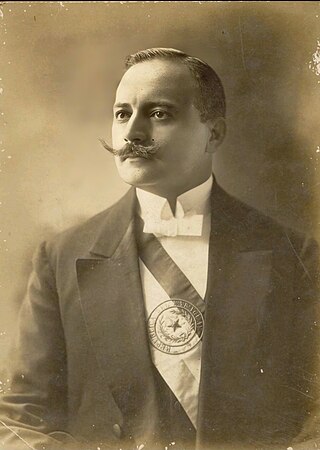
Eduardo Schaerer Vera y Aragón was a Swiss-Paraguayan businessman, publisher and politician. He served as President of Paraguay from 1912 to 1916 for the Liberal Party, respectively briefly as the Minister of the Interior from March 22, 1912 to 15 August 1912, before assuming office as president. He previously served as mayor of Asuncion from 1908 to 1911.

Manuel Franco was President of Paraguay from August 15, 1916, to June 5, 1919.

José Pedro Montero was President of Paraguay from 1919 to 1920.

José Patricio Guggiari Corniglione was a Paraguayan politician by the Partido Liberal Radical Auténtico.
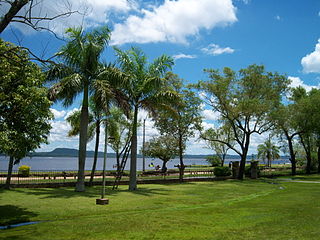
San Bernardino is a town in Paraguay, located on the shores of Ypacarai Lake in the Cordillera Department. It is a popular holiday resort for people from Greater Asunción.
The cinema of Paraguay has historically been small. However, this has begun to change in recent years with films like El Toque del Oboe (1998); María Escobar (2002); O Amigo Dunor (2005), which competed for Best Movie in the Rotterdam International Film Festival; Hamaca Paraguaya (2006), which was screened at the Cannes Film Festival, gaining critical acclaim both in Paraguay and abroad; 7 cajas (2012); Latas Vacías (2014); and Luna de Cigarras (2014).
Efraím Cardozo (1906–1973) was a Paraguayan politician and historian.
Schärer or Schaerer is a Swiss surname. Notable people with the surname include:
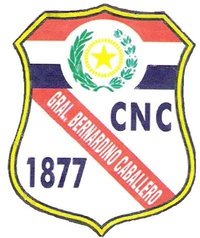
Colegio Nacional de la Capital "Gral. Bernardino Caballero" is a public high school in Asuncion, Paraguay. The school is one of the most prestigious in Paraguay. Many personalities have studied there.
Below is a timeline of the history of Paraguay:

The Paraguayan Civil War (1922), took place between 27 May 1922 and 10 July 1923, within the borders of Paraguay. It started when supporters of candidate Adolfo Chirife attempted to forcefully restore the implementation of presidential elections canceled by President Eusebio Ayala. Chirife represented the so-called Constitutionalist or Schaererist side ideologically supporting liberal politician Eduardo Schaerer, while troops under Ayala were named Loyalists or Gondrists ideologically pledging allegiance to former President Manuel Gondra. The conflict concluded when Gondrist forces defeated the remnants of the Schaererist army in Asunción.

La Tribuna was one of the most important daily newspapers in Paraguay's history. It was founded in 1925 in Asunción by Eduardo Schaerer, and was the country's leading newspaper for five decades. La Tribuna was the first Paraguayan paper to be widely published across the country. Politically, La Tribuna was positioned between liberalism and traditional national politics. It opposed especially the dictatorial regimes of Higinio Morínigo and Alfredo Stroessner. During these dictatorial regimes, the editors became the target of persecution. Their crusade in favor of the Free Press in Paraguay gained attention abroad. In 1953, the newspaper's director, Arturo Schaerer, received the María Moors Cabot Prize from Columbia University.
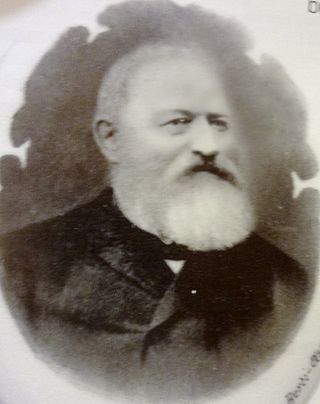
Santiago Otto Schaerer Kuenzli was a Swiss emigrant, trader, settler and important colonizer in South America. He was the founder and administrator of several Swiss colonies, most prominently Nueva Helvecia in Uruguay and San Bernardino in Paraguay. He was the father of the 25th president of Paraguay Eduardo Schaerer and grandfather of businessman and journalist Arturo Schaerer.
Carlos Ruiz Apezteguía (July 7, 1930, in Concepción, Paraguay – May 15, 1995, in Asuncion, Paraguay, was a Paraguayan journalist and entrepreneur.

February Revolution in Paraguay was a military coup d’état on February 17, 1936 that brought to power colonel Rafael Franco. The Revolution marked the end of Liberal Party rule in Paraguay and started the ascendancy of military dictatorships that lasted for more than half a century.
TV Cerro Corá is the first television station in Paraguay and is associated to the OTI. With its creation, the birth of such a medium of communication in the country takes place. It is part of the Sistema Nacional de Televisión (SNT) and is also its base station.

La Recoleta Cemetery is a national cemetery located on the Avenue Mariscal López, Recoleta, Asunción, Paraguay. It contains the graves of important figures in the country's history, including presidents of Paraguay. The Cemetery is open to the public and has an area of about 14 hectares.













